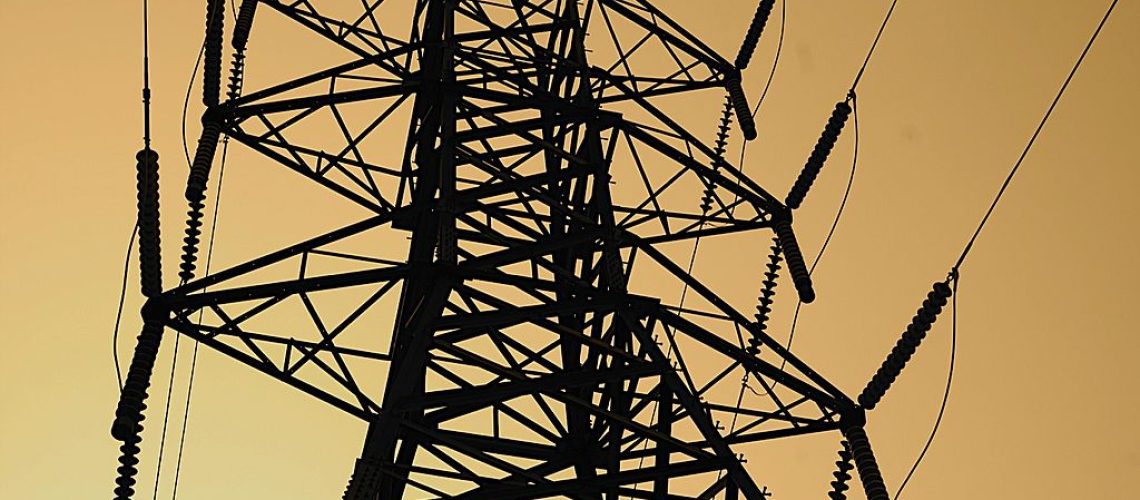A new partnership that engages grid operators, utilities, clean energy developers, regulators, and DOE’s national laboratories aims to lower costs and reduce wait times for utility scale solar projects connecting to the grid.
June 2, 2022
The US Department of Energy (DOE) is building the Interconnection Innovation e-Xchange (i2X) partnership to develop solutions for faster, simpler and more fair interconnection of utility-scale solar, wind and storage projects, through “better data, roadmap development, and technical assistance.”
The partnership engages grid operators, utilities, clean energy developers, regulators, and DOE’s national laboratories. The Solar Energy Industries Association (SEIA) tweeted that it is a “proud inaugural partner,” noting that more than 1,400 GW of clean energy capacity awaits interconnection to the grid. The participating labs include: Lawrence Berkeley National Laboratory, Pacific Northwest National Laboratory, and the National Renewable Energy Laboratory.
Solar and wind capacity will need to “dramatically expand” to meet the Administration’s goal of 100% clean electricity by 2035, said DOE in its announcement. Meanwhile, current rules, costs and procedures for connecting to the grid “cannot handle the rapid increase” needed in clean energy projects, and “more efficient processes” are needed to bring the projects online.
The rapid increase in clean energy projects cause uncertainty among project developers due to lengthy interconnection wait times and high project withdrawal rates.
“Eliminating the gridlock that’s slowing down clean energy deployment is critical” to bring cheaper electricity to American families and businesses, said US Secretary of Energy Jennifer Granholm.
SEIA and allies have previously asked federal energy regulators to speed the interconnection process by establishing enforceable timelines and competition. Many grid operators and utilities have declined to disclose the quantity of solar and storage projects for which they completed facilities studies last year—the final step that enables project developers to contract for interconnection.
The “core issues” that the partnership program aims to solve include “a lack of data, shortage of human resources, and more complicated grid impact assessments,” DOE said.
The program will provide technical assistance to partners to develop solutions to specific regional, state, and local interconnection issues. It will also address the inequities caused by burdensome interconnection processes, in line with the Administration’s Justice40 initiative, and with the involvement of energy justice organizations.
DOE staff from the Solar Energy and Wind Energy Technologies Offices and DOE’s national laboratories will develop a 5-year roadmap that sets goals and identifies research gaps and benchmarks for success.
Register here for an online kick-off event on June 7, and a link for those who would like to join the partnership.



